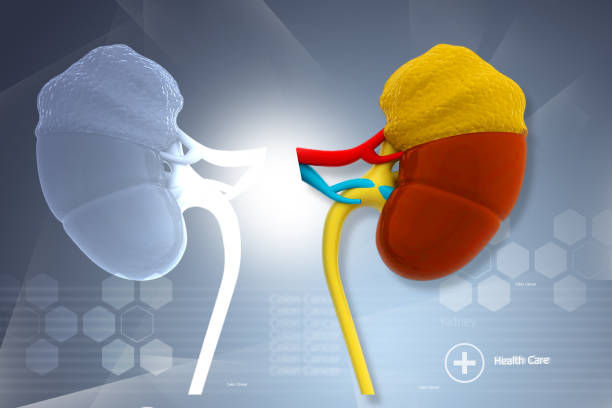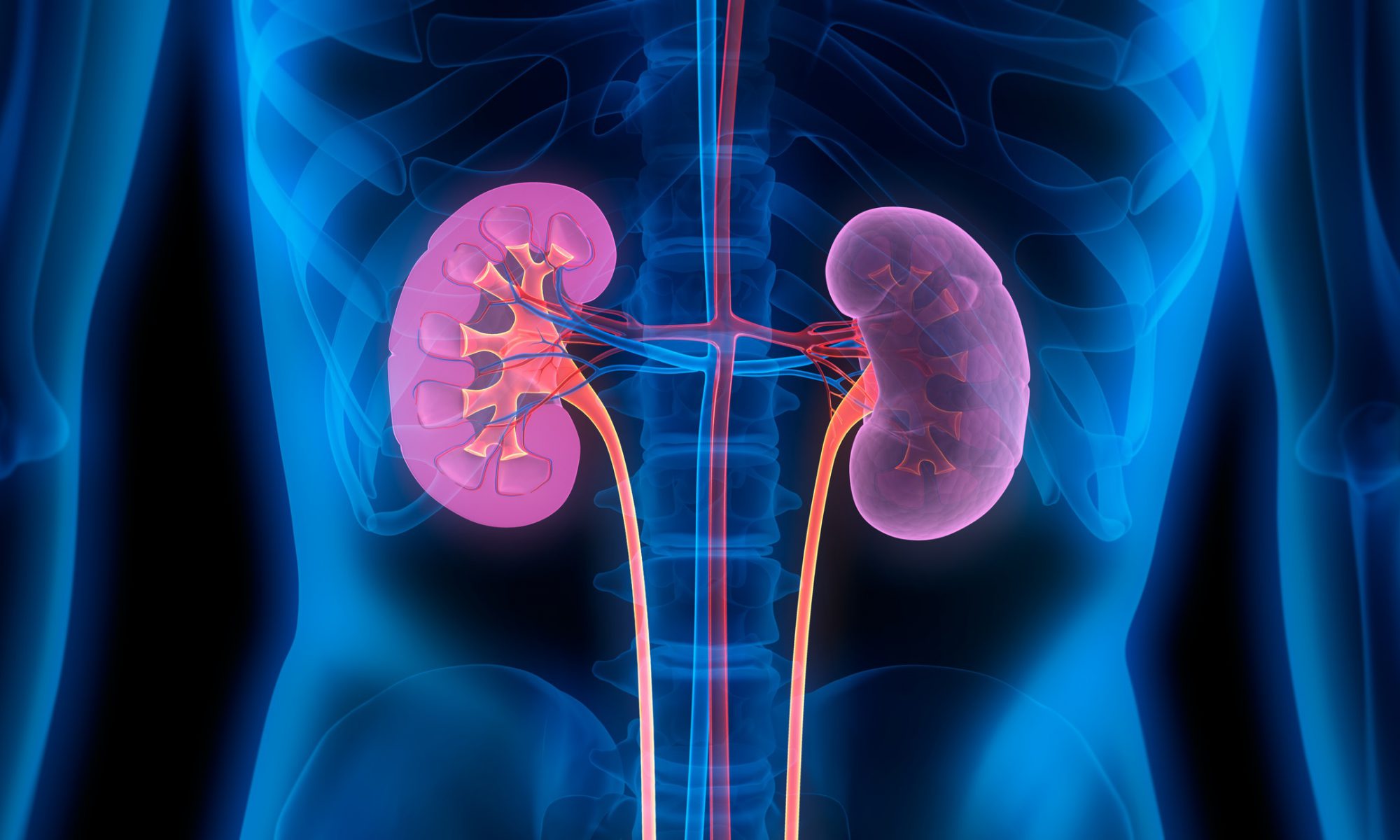Managing your health after transplant can feel like a full-time job, especially in the beginning. And when it comes to caring for your new kidney, medications play no small part. Taking immunosuppressant (anti-rejection) drugs keeps your transplanted organ protected and healthy. Read the article on CareDx.com.
About 40% of patients with type 2 diabetes discontinue second-line medication
By Andrew (Drew) Rhoades
Almost 40% of patients with type 2 diabetes stopped taking their second-line medication within 1 year, putting them at risk for future hospitalization related to diabetes, according to researchers.
Previous research has found alarming antidiabetic medication (ADM) usage trends because most adults with type 2 diabetes are eligible for GLP-1 receptor agonists and SGLT2 inhibitors but few use them. Read the article in Healio.
Living in low-resource neighborhood impacts adherence to heart failure medications
By Regina Schaffer
Adults with HF who live in economically disadvantaged neighborhoods were significantly less likely to take guideline-directed therapies as prescribed, underscoring the importance of considering social determinants of health in patient care. Read the article in Healio.
Maintenance Immunosuppressive Drugs Tied to Severe COVID-19
Findings seen for recipients across solid organ transplant types
By Lori Solomon
(HealthDay News) — Maintenance immunosuppressive drugs are associated with an increased risk for COVID-19 hospitalization in solid organ transplant recipients, according to a study published online Nov. 7 in JAMA Network Open. Read the article in HealthDay.
Study: Older kidney transplant patients metabolize immunosuppressive drugs slower than younger people
By Laurie Kaiser
At one time, individuals over age 65 typically did not qualify for a kidney transplant. Now, due to advances in medicine and longer life expectancies, these patients represent approximately 15% of all kidney transplants, according to UB researchers. Meanwhile, transplants that were performed in younger patients decades ago last longer, and these recipients are now aging.
Therefore, age-related issues can arise in some older transplant recipients that affect their long-term care and dosing of their essential immunosuppressive medicines.
Read more in UB Now.
Mid-Stage Win for Novel IgA Nephropathy Drug
— APRIL-neutralizing antibody sibeprenlimab reduced proteinuria and stabilized eGFR
By Kristen Monaco
PHILADELPHIA — An investigational humanized IgG2 monoclonal antibody reduced proteinuria in adults with immunoglobulin A (IgA) nephropathy at high risk for disease progression despite standard treatments, a randomized phase II trial found.
In a dose-dependant manner, intravenous sibeprenlimab led to significantly greater decreases in 24-hour urinary protein-to-creatinine ratio at 12 months compared with placebo, with geometric mean ratio reductions ranging from 47.2% to 62% versus 20%, respectively (P<0.001), meeting the trial’s primary endpoint, reported Mohit Mathur, MD, of drugmaker Visterra in Waltham, Massachusetts. Read the full article in MedPage Today.
Does Timing Matter When Taking Anti-Rejection Medications for Your Transplanted Kidney or Heart?
Having an organ transplant can feel like a new lease on life!
You find that you can suddenly do more of the things that you enjoy. However, new recipients are sometimes overwhelmed with all the requirements of post-transplant living.
Read the full article on CareDx.com.
Showing prescribers a medication’s cost could help them save patients money
By Emma Bascom
Seeing how much a medication would cost a patient helped some physicians make decisions when prescribing, according to the results of research published in JAMA Internal Medicine.
“Many Americans struggle with the affordability of their prescription drugs, and we need interventions that can help people find lower cost medications to help people be able to afford their needed medications,” Anna Doar Sinaiko, PhD, MPP, an assistant professor of health economics and policy at the Harvard T.H. Chan School of Public Health, told Healio. Read the full article in Healio.
Drug Prices Are Too Damn High
— It’s been a long road to Medicare price negotiation … and there’s still work to be done
By N. Adam Brown, MD, MBA
Remember the “Rent is Too Damn High Party from the early 2000s, which starred New York City mayoral and gubernatorial candidate Jimmy McMillan? While this single-issue campaign didn’t find electoral favor, it was attention-grabbing, even earning features on Jimmy Kimmel and Saturday Night Liveopens in a new tab or window.
I’ve been thinking about the campaign’s message as the fever surrounding pharmaceutical pricing has spiked. Read the full story in MedPage Today.
First 10 drugs chosen for Medicare price negotiations
By Emma Bascom
HHS announced the first 10 drugs that will be subject to Medicare price negotiations.
The Inflation Reduction Act, a law meant to lower health care costs for millions of Americans, included a provision that allows Medicare to negotiate the costs of prescription drugs. In 2022, Medicare enrollees who were taking the drugs chosen for negotiations paid a total of $3.4 billion in out-of-pocket costs, according to a press release from HHS.
Read the full story in Healio.








